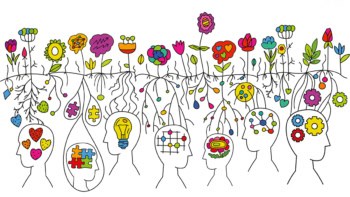By Margaret Harris
When a 2012 study showed that scientists subconsciously favour male students over females when assessing their employability as early-career researchers, it generated plenty of debate – not least among women, who were, according to the study, just as likely to be biased as the men were.
Some of these discussions got rather overheated, but one cogent criticism of the study did emerge. Roughly, it was this: might the scientists’ preference for men over equally well-qualified women be a rational response to the fact that, because of various barriers, women in science often need to be better than their male counterparts in order to have an equal chance of success?
The question was an awkward one, since it implied that women in science could be caught in a vicious circle, with the negative effects of bias in the workplace making it “rational” to be biased in hiring (and, in turn, making such workplace bias more likely to persist). However, a new study appears to rule out this argument by finding similar patterns of hiring bias against women even when the “job” is an arithmetical task that, on average, women and men perform equally well.
In their study, Ernesto Reuben, Paola Sapienza and Luigi Zingales examined the effects of gender stereotypes in an artificial market where male and female “employers” were presented with male–female pairs of “candidates” and asked who they would hire to complete an arithmetical task. When employers had no information about the candidates other than their appearance, they chose the man 66% of the time (out of 507 male–female pairs). When, in a second experiment, employers also heard the candidates’ self-reported performance on a previous, similar arithmetical task, they still picked the man 66% of the time – even though in around half of the 160 male–female pairs, the woman had outscored the man. When the researchers themselves informed employers about candidates’ past performance, the bias was smaller, but employers still hired the man 57% of the time (out of 265 pairs).
The researchers also showed that in some circumstances, employers’ biased hiring decisions correlated with their pre-existing negative views of women and mathematics, as measured by an Implicit Association Test (IAT). Male and female employers who held stereotypically negative views about women’s mathematical abilities (IAT scores > 0) were more likely to predict that male candidates would outperform females on the second task if they were given (a) no information or (b) only self-reported information about the candidates’ past performance.
This correlation vanished when past-performance information came from the researchers themselves, suggesting that “stereotypes did not seem to affect [employers’ decisions] when the information was provided by a neutral third party”. However, even with good, neutral information, employers still chose female candidates less often than male ones: in one sub-experiment involving 265 hiring decisions, employers chose a lower-performing male over a higher-performing female a whopping 82.7% of the time.
Based on these results, the researchers concluded that “stereotypes do indeed affect the demand for women in mathematics-related tasks, regardless of quality considerations”.



